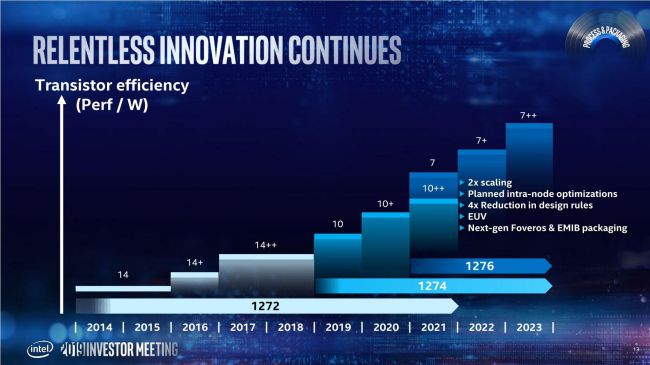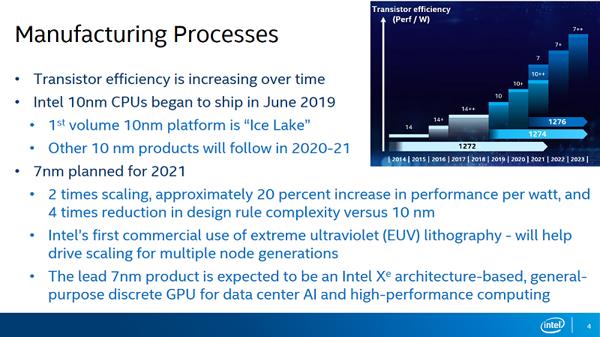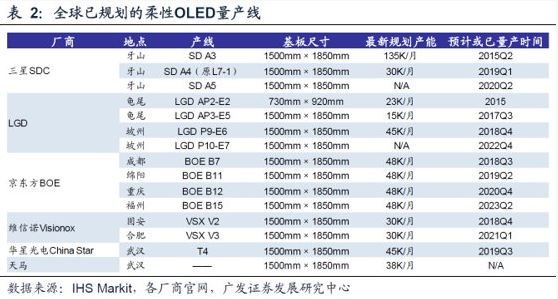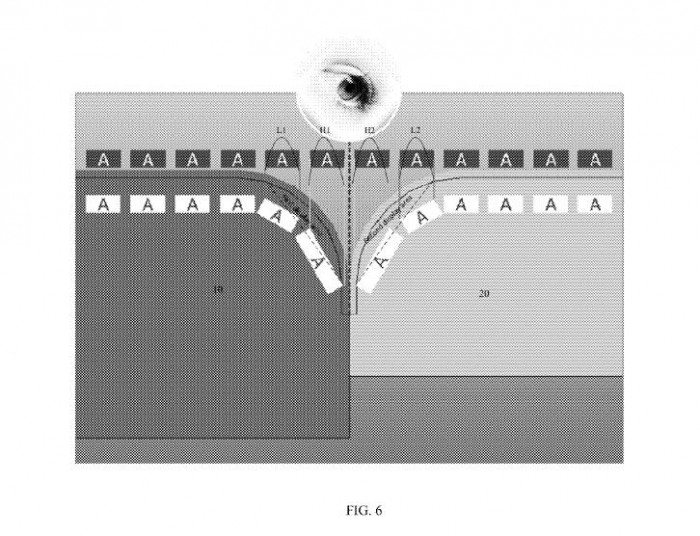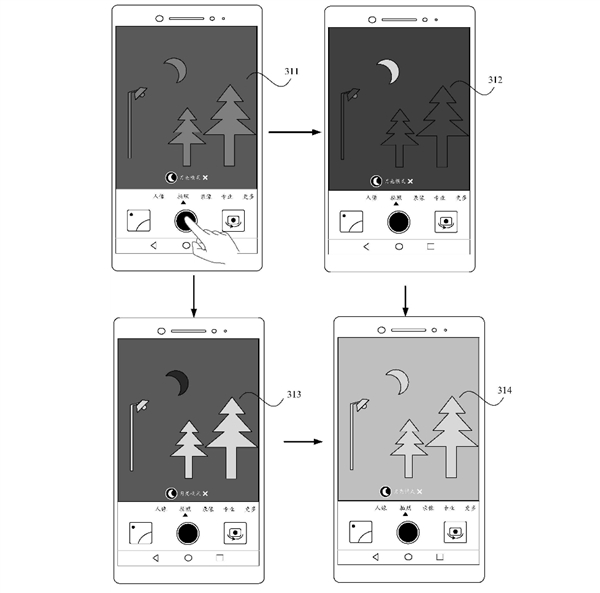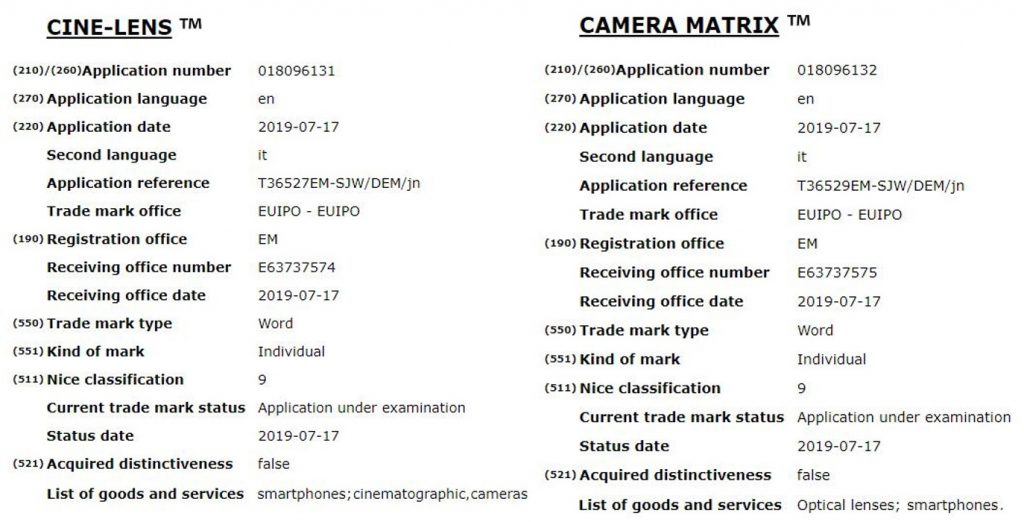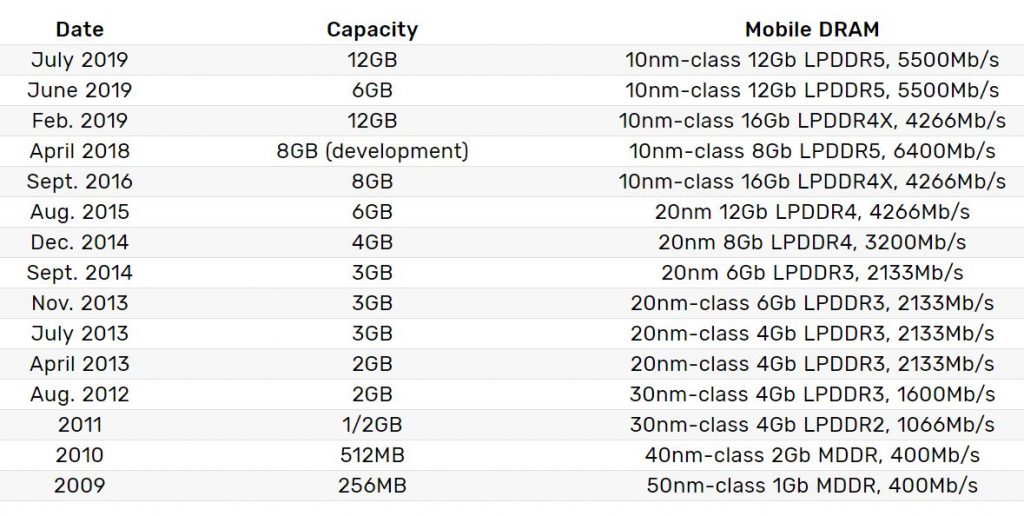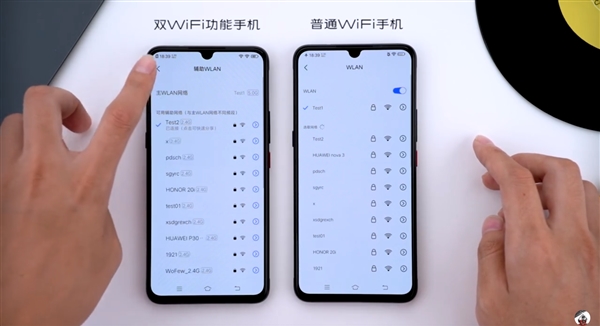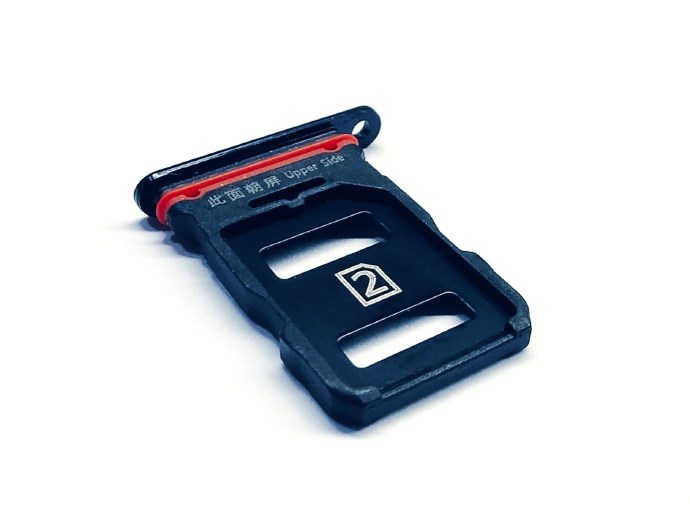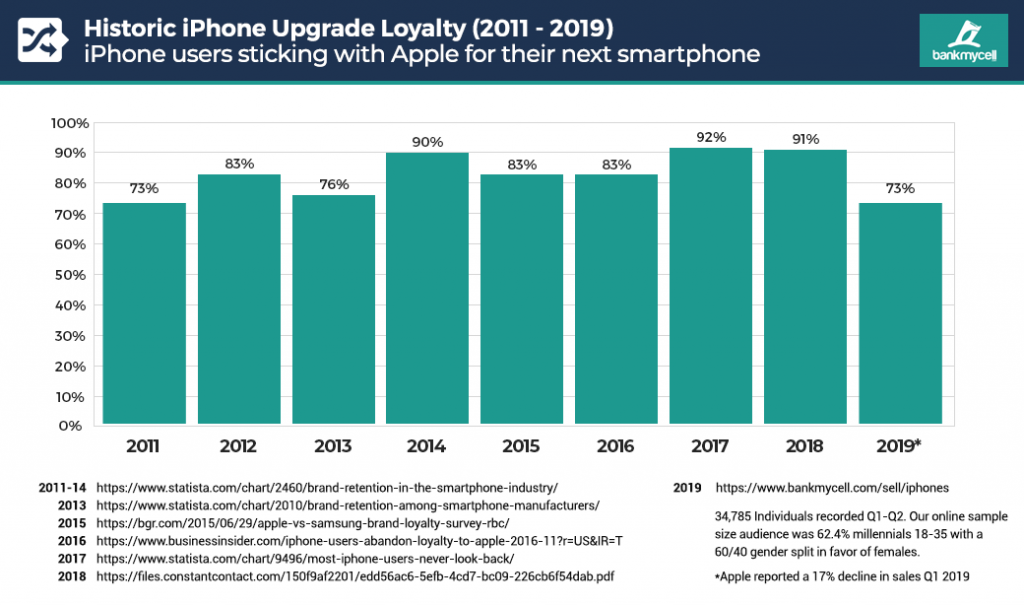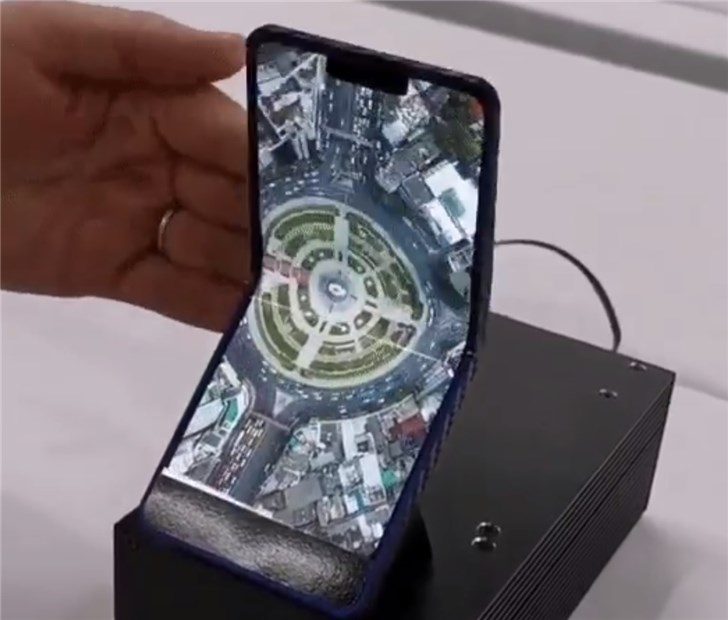
07-18: Huawei has filed 2 new trademarks with EUIPO—Cine-Lens and Camera Matrix; Samsung has begun mass producing the industry’s first 12Gb LPDDR5 mobile DRAM; etc.
Chipsets
Intel CEO Bob Swan has revealed that Intel essentially set the bar too high for itself in pursuing 10nm. More specifically, he pointed to Intel’s overly “aggressive goal” of going after a 2.7x transistor density improvement over 14nm. He has added that 7nm node will be out in 2 years and it will be a 2.0X scaling so back to the Moore’s Law curve. (My Drivers, My Drivers, PC Gamer)
Intel has detailed 7nm process and structure and its development. From the aspect of manufacturing, 10nm first launch platform is Ice Lake processor and shipped in Jun 2019. Other 10nm products to be launched in 2020 and 2021. 7nm process plan to be launched in 2021, compared to 10nm its power efficiency has increased 20% and design complexity has reduced 4 times. (My Drivers, CN Beta, Techspot)
Russia has suggested that it may be able to supply South Korean businesses with highly pure hydrogen fluoride (etching gas), one of the items subjected to recent export controls by the Japanese government. Hydrogen fluoride is used in the semiconductor manufacturing process for etching (maintaining necessary circuit patterns while eliminating unnecessary portions) and the removal of impurities. Japan accounts for 83.2% of South Korea’s photoresist imports, 84.5% of its fluorine polyimide imports, and 41.9% of its hydrogen fluoride imports. (Hankyoreh, Tencent)
Touch Display
Xu Fengying, vice-president of Visionox, has emphasized the flexible active-matrix organic light-emitting diodes (AMOLEDs) will have wider applications in smartphones, computers, smart wearables, vehicles, smart homes, VR and AR. The AMOLED production line in Gu’an has started operation since 2018 with monthly production of 30K glass substrates (1500×1850mm). The company has started building its second AMOLED production line in Hefei in Dec 2018 with a monthly capacity of 30K substrates. (Gizmo China, China Daily, 51Touch)
Samsung Electronics is reportedly developing its second generation foldable smartphone—which will have a flip design and will be folded vertically, although the vendor has not yet officially shipped its first foldable model, the Galaxy Fold. The new device is of 6.7” size, expected to launch in 1H20, and the company will start sourcing components for this device from Nov 2019. (Gizmo China, Digitimes, Digitimes, CN Beta)
Lenovo’s patent titled “Dual-screen electronic apparatus and display control method thereof” clearly shows off a tablet-size device. Lenovo says the device includes two display with physical border. The joined portion of the two panels are hidden from user’s view. (CN Beta, Windows Latest, Free Patent Online)
Camera
A document from the State Intellectual Property Office shows a patent for Huawei, titled “a method and electronic device for shooting the moon”. It shows that Huawei provides a solution for shooting the moon with electronic equipment. The method automatically recognizes the moon in the preview interface and enters the moon shooting mode. After recognizing the moon, it automatically focuses on the moon while displaying a clear moon outline image. (GizChina, My Drivers)
Huawei has filed 2 new trademarks with EUIPO—Cine-Lens and Camera Matrix. The Cine-Lens trademark is registered in Category 9 and covers film and television photography, recording, online and sound processing, image/digital optical lenses, smartphones, cameras, cameras and more. The Camera Matrix trademark also has a connection with optical lenses, cameras, and smartphones. (CN Beta, LetsGoDigital, Phone Arena)
Memory
Samsung has announced that it has begun mass producing the industry’s first 12-gigabit (Gb) LPDDR5 mobile DRAM. The new mobile memory comes just five months after announcing mass production of the 12GB LPDDR4X. (GizChina, Samsung, CN Beta)
As Japan has imposed restrictions on the export of semiconductor materials to South Korea, Samsung is impacted the most. Currently, the Japanese government’s export control to South Korea mainly includes fluorine polyimide, photoresist and etching gas (hydrogen fluoride). Samsung has reportedly conducted tests on the new sources of fluorine polyimide from Xi’an and Taiwan on its trial production line. Samsung is currently purchasing high-purity hydrogen fluoride from Japan’s Stella Chemifa, Morita Chemical Industry and Showa Denko. (CN Beta, Sina, PTT News, Asia Nikkei)
Connectivity
vivo is showcasing new technology— “dual Wi-Fi acceleration”. User could connect to two Wi-Fi networks. Both Wi-Fi networks can work together, rendering smooth game play and faster downloading speed. Additionally, vivo also supports Wi-Fi + 4G double mode. When WLAN network is poor, the 4G network can complement to increase the online speed. (CN Beta, My Drivers)
Phone
vivo iQOO has released the card slot of its own 5G mobile phone. This detachable slot comes with a dual SIM slot design as well as a sealing ring. According to Qin Fei, general manager of vivo communication research institute, iQOO 5G phone will be available in Aug 2019. (GizChina, IT Home)
According to the survey of 38,000 people by BankMyCell since Oct 2018, 73% of iPhone users have migrated to a later model. Apple’s peak loyalty was 92%, achieved in 2017. Retention is in fact down 15.2% in 2019 versus Mar 2018, and 26% of people trading in an iPhone X switched to another vendor. (CN Beta, CNET, Apple Insider, BankMyCell, press)
vivo Y7s is launched in China – 6.38” 2340×1080 FHD+ Super AMOLED, MediaTek Helio P65, rear tri 16MP-8MP ultrawide-2MP + front 16MP, 6+128GB, Android 9.0, under display fingerprint scanner, 4500mAh 18W fast charging, CNY1,798. (Gizmo China, GizChina, vivo)
Xiaomi Mi A3 (Mi CC9e in China) is official in Europe – 6.01” 720×1560 HD+ Super AMOLED, Qualcomm Snapdragon 665, rear tri 48MP-8MP ultrawide-2MP + front 32MP, 4+64/128GB, Android 9.0 (Android One), under display fingerprint scanner, 4030mAh 18W fast charging, EUR249. (GizChina, Winfuture, GSM Arena, Mi.com)
Augmented / Virtual Reality
Microsoft has created a hologram that will transform someone into a digital speaker of another language. Microsoft has used its Azure AI technologies and neural text-to-speech to make this possible. (CN Beta, The Verge, On MSFT)
